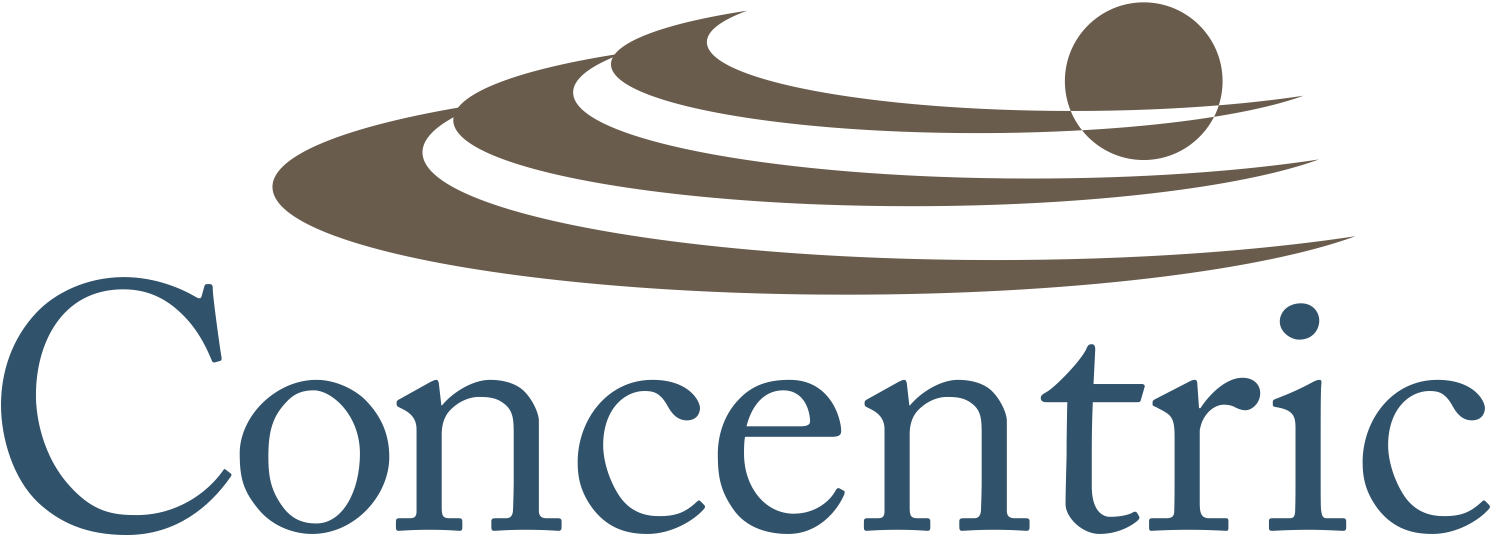12 Strongly Recommended Tasks for Your Risk-Based Thinking / Approach That Will Pass All Audits and Improve Your Business
How should manufacturers manage risks on endless challenges to product and process requirements? ISO 9001:2015 is bringing to the overall market; product and service providers, the concept of risk-based thinking / approach with the intention to create the culture of prevention and make it a habit.
Within medical devices, pharmaceutical products, automotive components, and aerospace systems manufacturers there are some product and process requirements which technical acceptance levels are challenging to reach and have been becoming continuously more restrictive for multiple reasons. Some specific examples are the Sterility Assurance Level (SAL) in the medical industries and the Cleanliness Level (CL) in automotive and aerospace. Both requirements are related to contamination.
Different in nature, the medical / pharmaceutical industry deals with biological microorganisms while automotive / aerospace deals with microscopic debris. However, both are very similar from the target standpoint. ZERO is the ideal, unattainable goal; therefore very restrictive acceptance levels are required, standardized, and regulated at the edge of the available knowledge and technology. All around it’s a thousandth fraction of a unit in terms of probability of occurrence or actual mass (ANSI/AAMI ST 67 and ISO/TC 198/WG15 to be released).
Risk management techniques are not new and are standardized by ISO 31000 (General) and ISO 14971 (Application to Medical Devices). So what is the importance of the new concept for risk-based thinking / approach? It is to diligently pursue the more restrictive acceptance levels preparing the way for new products that can make people's life even better. And there is no magic formula other than real, hard work.
The risk-based thinking / approach suggests some "easy to state but difficult to execute" tasks for during a risk assessment:
1. Focus on the intended use of the product.
2. Bring knowledgeable professionals to the assessment (risk assessment itself) and the actual product and actual processes.
3. List of all the known risks to all interested parties: patient, service providers, operators, and estimate the degree of effects.
4. Gather all knowledge about the risks and the likelihood of occurrence.
5. Ensure capable methods of measurement of biological contamination or cleanliness level.
6. Select reliable methods of risk evaluation.
7. Prioritize the risks: rank them according to what is acceptable and what is not.
8. Maximize the availability of suitable manners to eliminate, avoid, reduce or mitigate the risks.
9. Define the validation process for risk mitigation.
10. Ensure comprehensive, detailed, and complete assessments of the designed or implemented manufacturing process. Recognition of the biological and physical limitations for further improvement.
11. Ensure the effectiveness of all actions taken.
12. Ensure there is a robust control plan to sustain the intended process and product performance.
The risk-based thinking / approach is not new to the standards, but in the new ISO Standards revision, it is structured so that it is better incorporated. How is your organization approaching risk assessments? Leave a comment and let us know what best practices you are looking to implement.
If you have any questions or need help in implementing a risk-based approach, Concentric has a solution that will get your organization on the right track to passing your next audit with flying colors.

